Sun damage does not end when the summer does
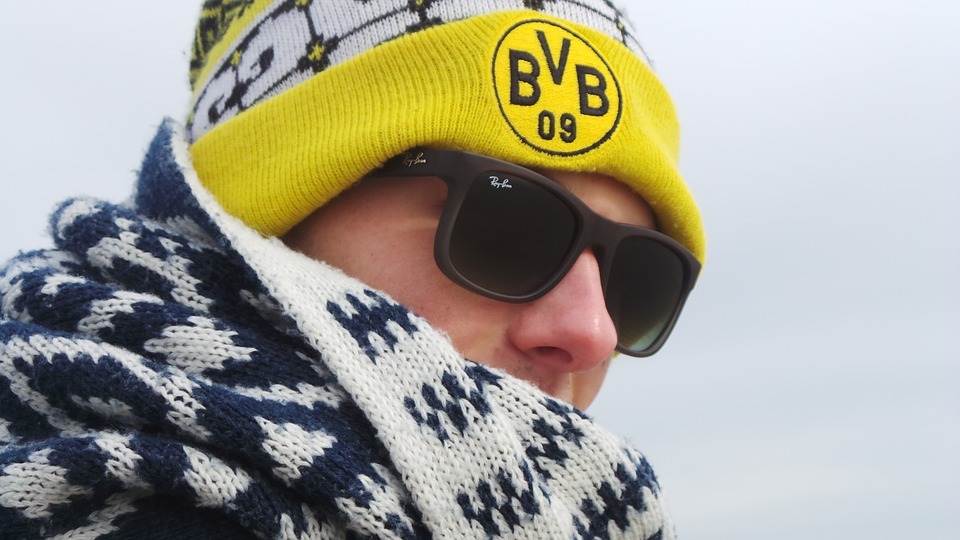
A lot of people seem to think that protecting your eyes from sun is only necessary when it is hot outside. During the winter months, we all forget the sunnies and hats and trade them for jackets and boots. However, the sun emits ultraviolet radiation right throughout the year and thus damage to your eyes and skin is still happening in the middle of the year.
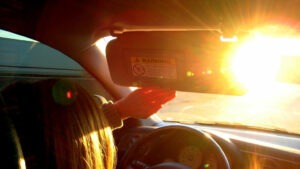
In the winter, the sun sits lower in the sky which leads to more direct exposure from the sun. You will notice this most when you are driving in the afternoon when the sun is setting.
UV radiation permanently damages your skin and leads to premature ageing, including wrinkles, uneven pigmentation and fine lines. Skin cancers around the eyes are also common, especially for Caucasians living near the beaches. Macular degeneration and cataracts are both affected by UV exposure as well as the development of pterygia.
The ski slopes are another highly reflective environment – about 85% of UV rays from the sun will be reflected up towards your eyes! If you are heading to the slopes this winter then please ensure you and your family have good eye protection and are applying sunblock.
Choosing the right sunnies:
Sunglasses that wrap and sit close to your face will provide the most protection and generally are the most comfortable. Tip: try and smile with the sunnies on to make sure that your cheeks aren’t moving them too much. Sunglasses that have 100% UVA and UVB protection are essential and polarising sunglasses are even better, both for protecting the eyes and improving your vision.
The lens colour can make a big difference depending on the activities that you do and your eye’s health.
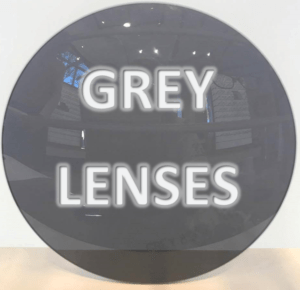
Grey lenses: the most effective at cutting down glare and reducing the intensity of light. It does this without distorting colours or reducing contrast too much. These can be used for all general purposes and outdoor activities.
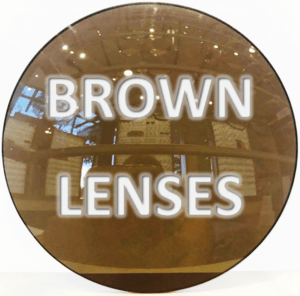
Brown lenses: these lenses block more of the shorter wavelength which can heighten contrast, enhance vision and improve depth perception. We recommend these for golfers and tennis players because of the improved vision and contrast they provide with green backgrounds.
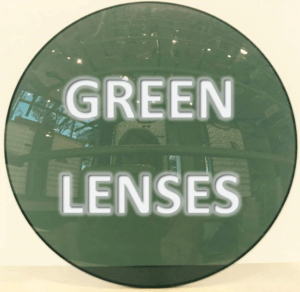
Green lenses: these maintain a balanced colour perception, particularly in low-light conditions and mildly heightens contrast.
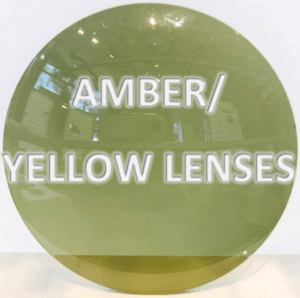
Amber/yellow: these are the best for overcast, foggy and low-light conditions as the filter blue light to improve a crisper image. If you do a lot of driving in low light conditions then these may be the best for you. You can also get “Drive-wear” lenses that provide variable polarising behind the windscreen according to the light levels.

Gradient: these are lenses that are darker at the top and then lighter at the bottom of the lens. As well as being a preference for some people cosmetically, these are also ideal for people that have multifocals and like to read outside as it isn’t so dark through the reading section. They may also be better for people that are susceptible to trips and falls as it provides a truer perception of the ground.







